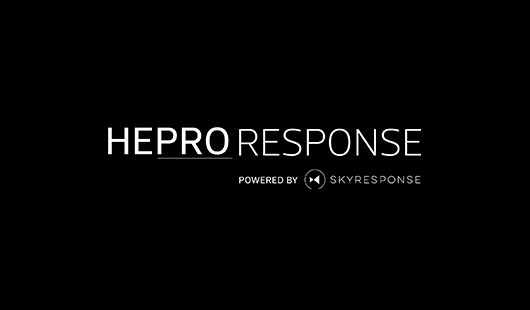Before taking a deep dive into the realm of open APIs and its plethora of uses in modern technology, it’s important to clearly define the subject to establish a clear understanding of its potential today.
The API in open API stands for “application programming interface”, so an open API is an application programming interface that’s made publicly available to software developers, therefore providing them with access to proprietary software application. Simply put, open APIs allow other third-party software developers to use your technology or platform and integrate it into their own. In the context of healthcare, open APIs are commonly used in medical research, data management, data analytics, and new innovative ways of managing and accessing electronic health records (EHRs).
Digital technology and smart healthcare technology today
The importance of digital technology in healthcare, especially in elderly care, cannot be emphasised enough. Nowadays care providers have multiple options when it comes to elderly care thanks to innovations in digital healthcare. Tracking and monitoring the health and status of care receivers is now both easier and more consistent due to sensors that can be worn in the form of shoes, pendants, and even bracelets which all constantly transmit the status of the patient or alert home care staff or response centres in case of an emergency. Some devices are also designed to remotely monitor temperature, respiration status and pulse of the patients.
While these are all beneficial, recent trends, innovations and demands suggest that adopting and making use of open API and smart technology can also benefit the healthcare industry, including the patients themselves.
Advantages of adopting a data-driven approach through smart healthcare technology
The data gathered in healthcare, especially from patients, must be used only in a secure manner. With interoperability as one of the biggest hurdles in the healthcare industry today, APIs and smart technology have been established as one of the better solutions in managing information flow in data exchanges.
Through open APIs we are now able to efficiently and seamlessly access patient records, as well as develop and integrate new innovative solutions on already existing platforms.
As a practical example of how data can be managed and used efficiently, we can take a look at anytime, anywhere care. Today, if you visit a doctor for the first time, with no prior consultations, they don’t have a way to instantly access your previous records. In the concept of anytime, anywhere care, consulting with a physician for the first time should not pose any problems as they can easily and securely access your medical history right away, since the data is already accessible in one place. This is all possible through a system or platform with interoperability in mind.
Another way of using data in patient care is creating unique and personalised care for each individual, based on the information available to you. For example in the context of fall alarms in elderly care, wearable sensors might not be the most effective way of fall prevention for a certain individual. In these cases fall alarms, such as radars – which proactively detect falls before they actually occur – can be a better solution for that particular patient.
For patients who have been falling a lot more than usual, doctors can also study the patterns or the frequency of their falls, which could help them identify and accurately determine the cause of the incidents. However, to arrive at these conclusions, data must first be gathered and used correctly, which is where open APIs and smart healthcare technology come into play.
Take advantage of smart healthcare technology today with Skyresponse
While APIs are still relatively new in the context of healthcare, more so in telecare, the market in some countries in Europe have already adopted a “smart” approach to healthcare. The Nordic countries are now digitised, with Sweden and Norway already using a 100% digital approach, and Finland and Denmark getting closer to that mark as well. To better understand why Sweden and Norway are where they are right now, it’s important to note that they have started the shift from analogue to digital way back in 2012, compared to the UK and continental Europe who are still making the transition at present.
With that being said, it’s very possible for those in the UK and continental Europe to adopt and implement smart technology today, straight from analogue systems, since providers such as Skyresponse can provide customers with a futureproof, scalable platform wherein smart solutions can be implemented seamlessly.




